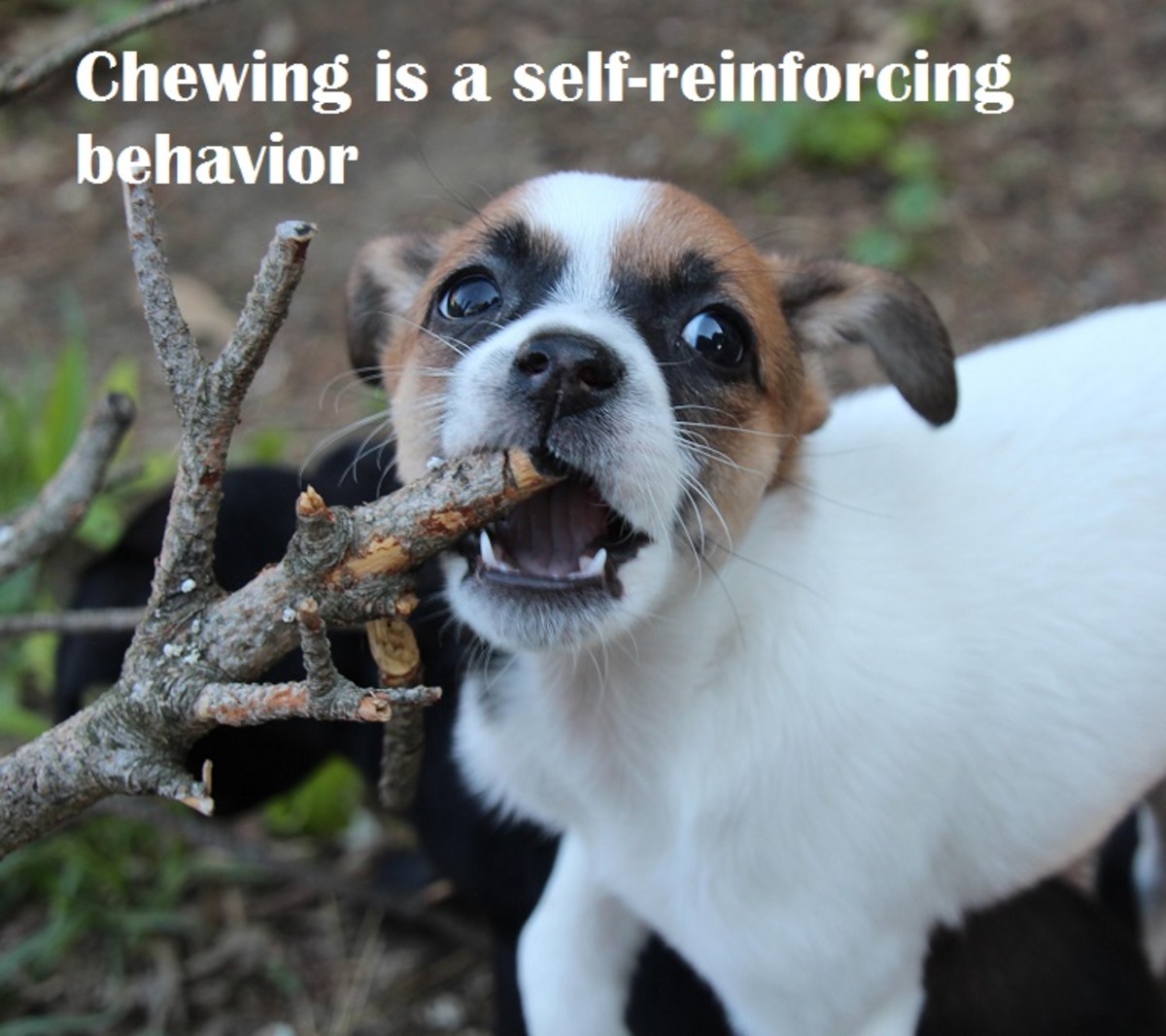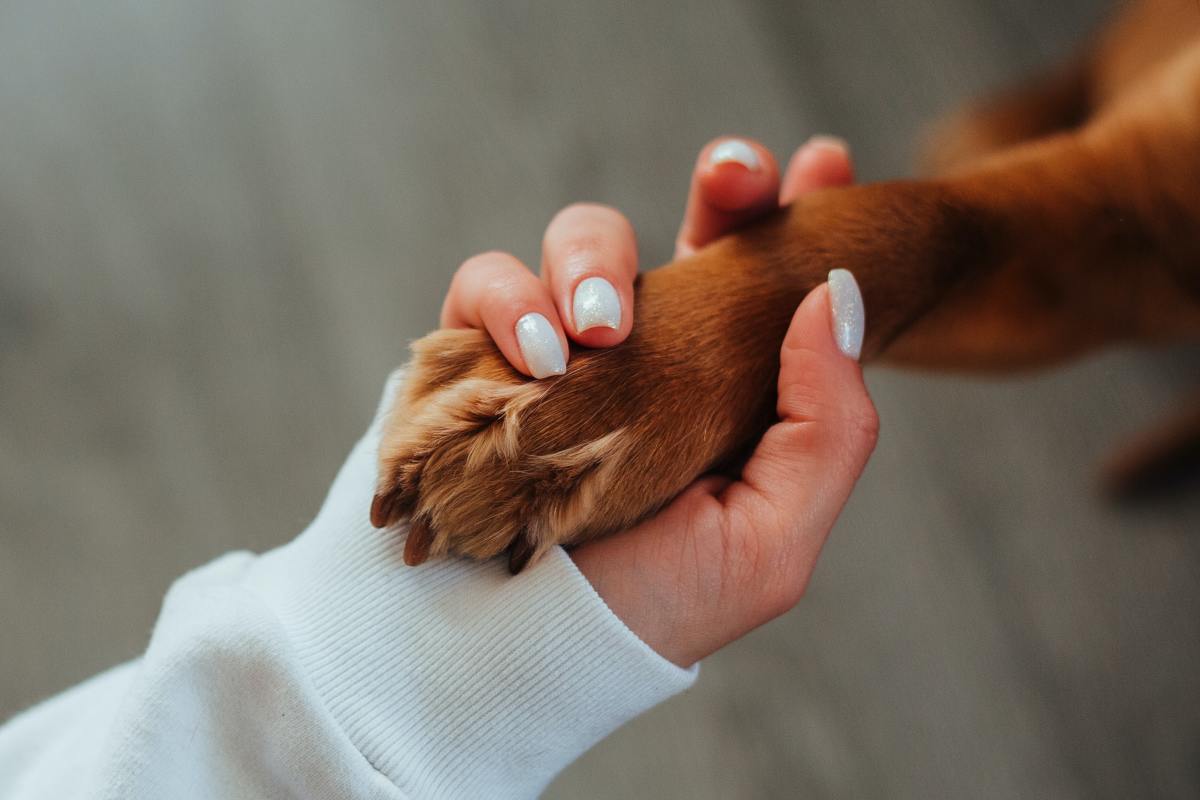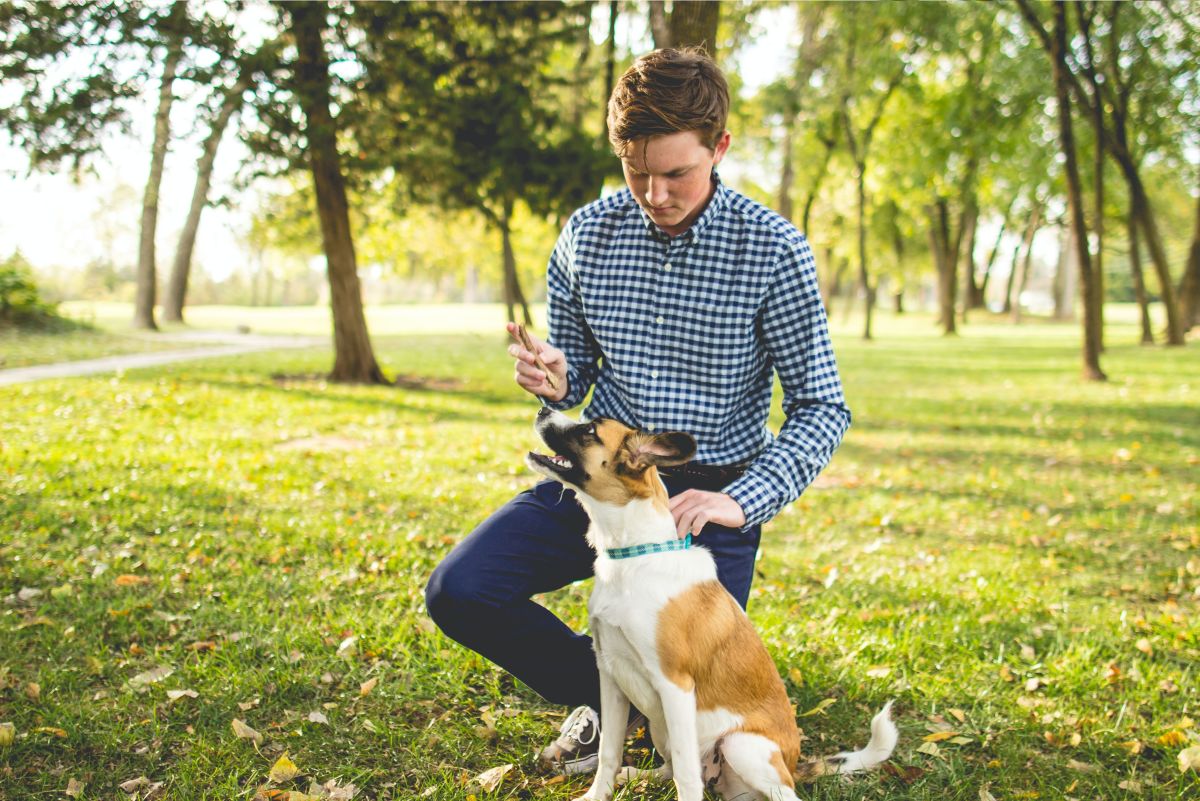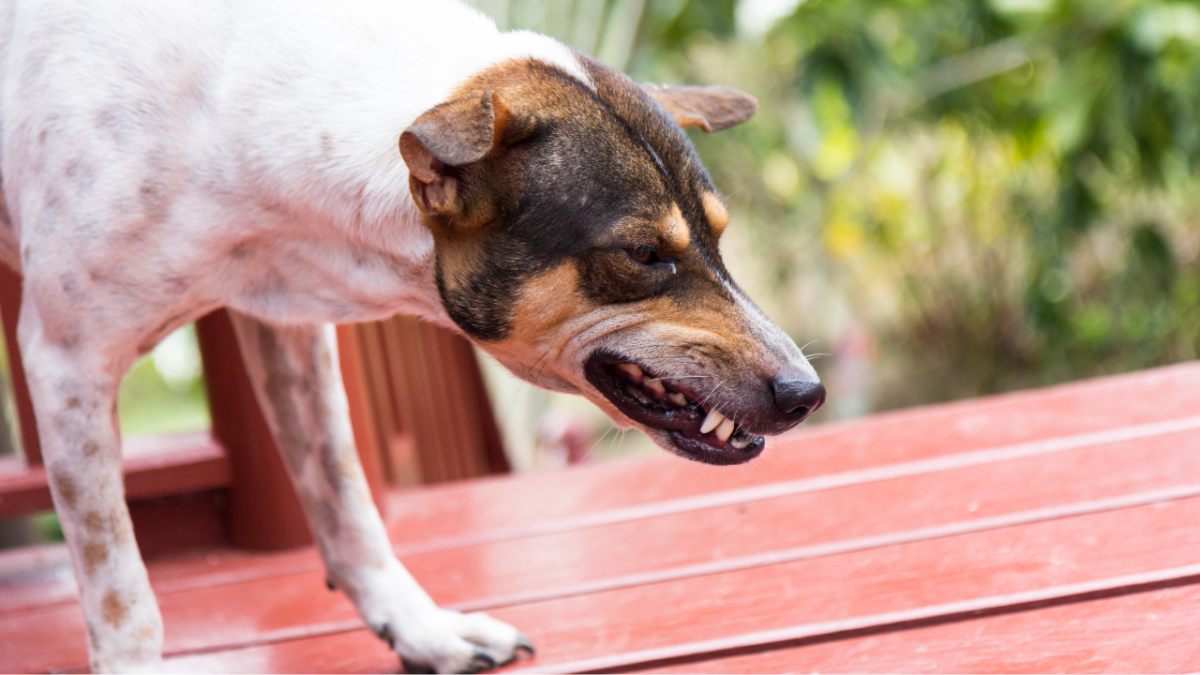Motivators: Finding...and Exploiting Them
Unlocking Potential
Wally has progressed far since his fearful days. It's as though there's a totally different dog that has moved in.
No, same dog, still handling Wally. But now, he's no longer this scared dog that needs protecting or is afraid to explore his environment and learning in new ways.
Now, I'm faced with this dog that's showing his intelligence, his desire, his alertness in more curious ways, and now I, too, have to evolve as a handler and shift gears from protecting to guiding and developing this sudden explosion in personality growth and intellectual curiosity.
Enter Dora
So what's all this about Wally and Dora being best friends forever?
Well, it turns out he loves her for some reason. While channel surfing, the show popped up on the screen. He immediately zoned in on the images and started barking only when Dora was on the screen. I have no idea why, but I used it.
This is the start of our advancing in training: Finding all the things he likes that I can control. This way, I can turn them into rewards for training. While I can't always have Dora the Explorer on TV - nothing stops me from printing an image of Dora out and using that in my training.
So...how? Well, first of all, I can use the image to shape targeting. He is attracted to the image, paws it, I click and treat him. He paws it again. Another click and treat. I put it on the ground, he paws the photo on the ground, click and treat. Now I hold out. He then picks the photo up, click and treat.
As you can see, I'm inducing him to offer behaviors simply by using something he's attracted to.
This also can become a reward in itself. He sits. I hand him the Dora image and he can paw it and sniff it and pick it up and do whatever. During the hour the show is on TV. I can cover Dora up with my hand, and only remove it when he offers me a behavior I want.
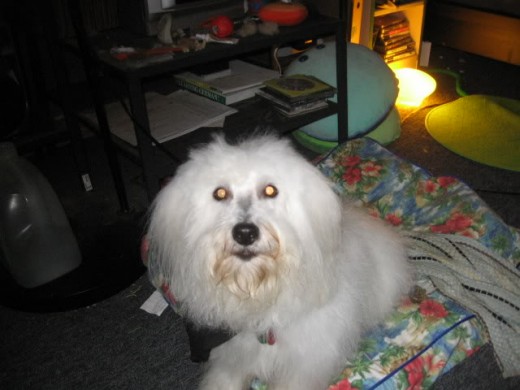
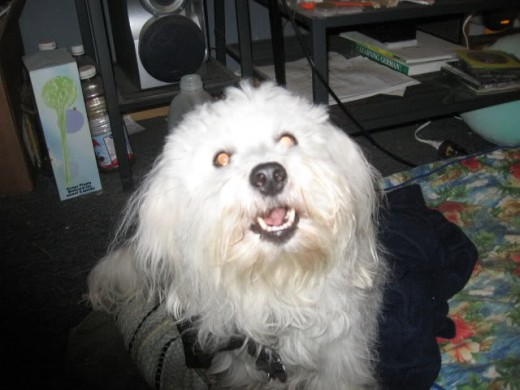
Turning Flirtation into Motivation
Any thing your dog "flirts with", meaning that he is showing more than just a passing interest in, can be used as a motivation for getting behaviors. This is especially true when using shaping. This is because you want to drive him forward with the desire to get whatever it is you are using to the point where he will give extra effort, which leads to further progress.
Food, of course, is a typical motivator. Nature has already programmed a "flirtation" with food in...well...everything. Using foods he really loves further increases motivation
Dora the Shaping Tutor?
One thing that happened when I'm used Dora as a reward is that I noticed how the show actually formats things. For one, the whole plot is going from starting point to ending point in individual steps that require our little heroine to solve problems.
Shaping is like that. Even when taking a beginning dog in the ways of shaping and teaching something as simple as touching your hand when you show it to him, you're starting from a certain point and going towards an end point. You want to break the task down into steps the dog can figure out, and you have challenges along the way. Some of these challenges will halt your progress until you can figure them out.
Another thing is that Dora throws out lots of things that seem pointless in isolation; however, later there's a need for it, a phrase or what an object looks like, for example. One thing that helps dogs pick up shaping is teaching tricks and behaviors, including practicing shaping on very simple behaviors in the beginning. Doesn't matter if those behaviors seem useless now. The more the dog knows, the more he can use in order to solve the problems.
Many times when I just present problems to Wally, I notice him running through all his behaviors and putting twists on them in an effort to achieve success. This happens during shaping too.
A Shaping Exercise
To show an example of how to use shaping to develop a behavior from nothing, I'll use teaching him to sit on his scale on his own.
Goal: When I put the scale on the floor, Wally will sit on it on his own.
Once you define a goal, you have to break down the steps towards the behavior. Break them down as small as needed, making sure not to lump too many behaviors together. A bad split would be "1. Walk to scale, 2. Sit on scale". This isn't broken down into enough pieces to teach a dog from scratch how to do it.
Here's the breakdown I used, and this might not be enough from a dog that's not already knowledgeable at shaping:
- Walk to scale
- Sniff (or nose-touch) scale
- Paw scale with a front paw
- Paw scale with other front paw
- Put and keep one front paw on scale
- Put and keep other front paw on scale
- Put and keep both front paws on scale
- Put back paws on scale
- Sit on scale
- Sit-stay on scale until released
- Repeat 1 to 10 when scale is presented on floor (dog is to perform 1 to 10 on his own with no prompting from me)
- Repeat 1 to 11 until behavior is consistent and predictable
- (Optional) "Name" behavior (associate a signal/cue to behavior)
It looks like a lot and it CAN be time consuming. Shaping is a challenge for the impatient, both for human and dog. However, once the journey is done, the dog has basically taught himself the behavior. My role is simply to say if he's on the right path (click and treat) or not (no reaction from me)
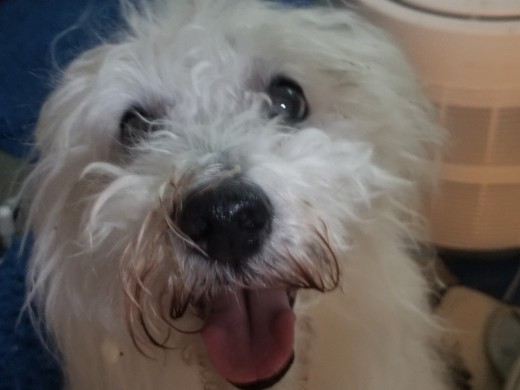
Playing Hard to Get
One of the important things about shaping is inducing that extra burst of effort that often leads to a new thing you can reward while also fostering a "keep trying and you might get it right" mentality in him.
So, basically, it's intentionally breaking the pattern you just established. For example, when I was shaping Wally to push harder with his paws, I would first click and treat any old paw touch. If his nail barely touched the object, he got a reward.
Well, that's not going to do much good in real application. I need to get him to push harder with his paws.
Once he got to thinking "okay, any paw touch will get me a treat", I stopped rewarding. I just stopped, didn't even look at him directly. I kept him in the corner of my vision so I can see what he's doing next. Eventually, he got some measure of frustrated and he pawed harder. Suddenly, I click and treated. Now, I'm only rewarding the harder pushes. Any light pushes were ignored. I repeated the process until he was putting everything his 12-pound body could into those paw pushes.
When doing this with a dog who has a softer personality, or a dog that's used to explicit directions, you have to take this process slowly. Think like Dora. Repetition. Tiny steps. Lots of encouragement (clicks and treats). Slowly increasing the challenge. Having fun. Teaching with games (teach a game via shaping and then play when he does it right). Going back and reviewing before adding the next step. Let the dog tell you, "Yeah, okay! I get it!"
This content is accurate and true to the best of the author’s knowledge and is not meant to substitute for formal and individualized advice from a qualified professional.
© 2010 Brian McDowell

